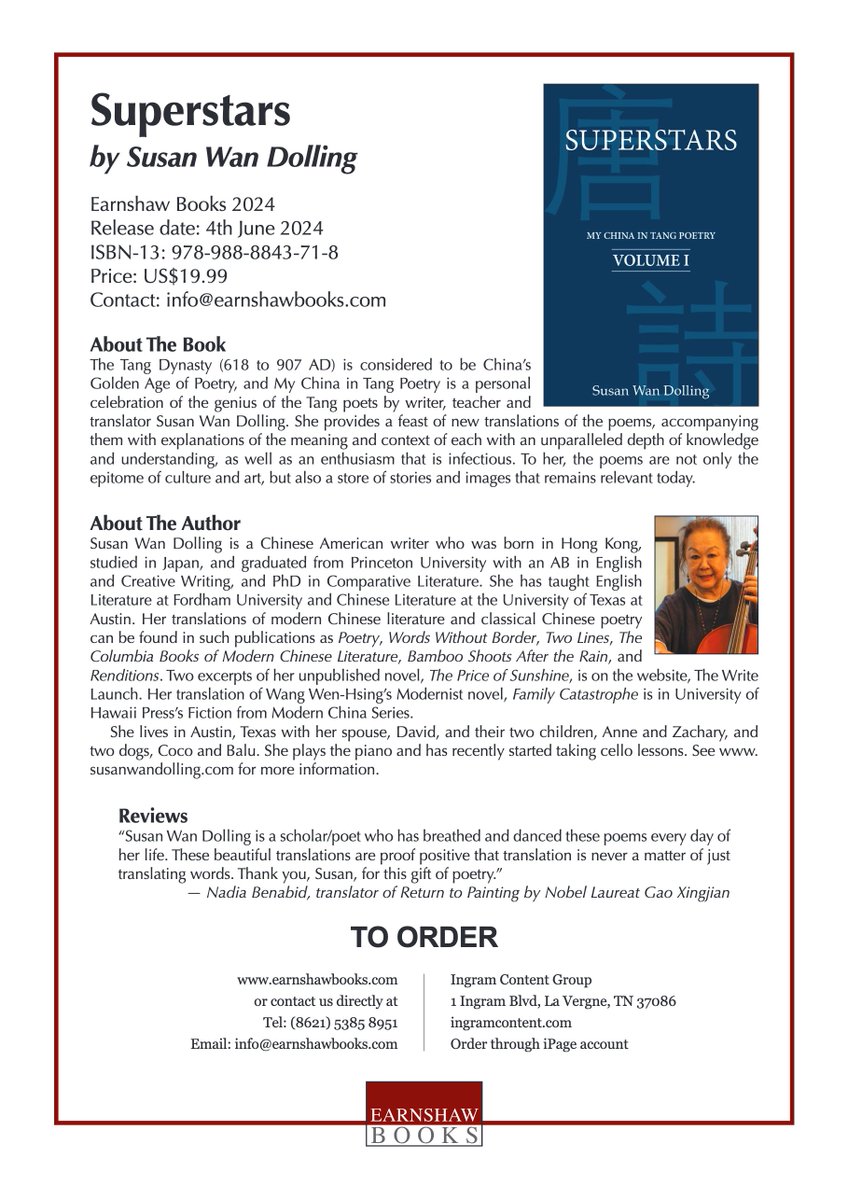Thursday, February 29, 2024
Bauhinia: Hong Kong Orchid Tree
Wednesday, February 28, 2024
Texas Orchid Tree
Yesterday I was taking pictures of the first sprigs of spring, my favorite part of the season when new leaves poke through the rough barks of what look like dead branches, and suddenly everything looks hopeful again. I especially love a native plant called the Texas Orchid Tree which I discovered a few years ago. It flowers only for a short time in early spring, coming suddenly, when the bushes or little trees are full of gorgeous white blooms. But first, comes the leaves. Tiny bright green leaves that grow to about the size of newborns’ palms, looking just as fragile and yet just as full of potential. What’s more, the Texas orchid tree is a relative of the flower of Hong Kong, the Bauhinia, though that flower is a flaming red! We were taught to call the Bauhinia, camel’s foot, in primary school, on account of its leaves, that are shaped like camels’ footprints! Texas Orchid leaves are also shaped like that, only smaller. I’ll tell you more about the camel’s foot tomorrow. Here’s a picture I took yesterday morning. Its hard to see the whole leaf because most of them are still folded up, but I’ll take more pictures when they unclench their fists.
Tuesday, February 27, 2024
Superstars: Li Bai and Du Fu
My China in Tang Poetry is the first of two series of poetry and storytelling that Earnshaw Books start publishing in June 2024. I like to think of it as poetry coming out of the belly of the Dragon!
The first volume is Superstars, referring to the two giants of the Tang period, often called the Golden Age of Chinese poetry. Let me give you two famous poems, one from each of them.
From Li Bai, aka Li Po, a poem written far from home, and every schoolchild knows:
QUIET NIGHT THOUGHTS
Before my bed, a patch of brilliant moon,
so bright, I took it for frost on the ground.
Looking up, I gaze at that brilliant moon.
Home floods my thoughts as I look down.
From Du Fu, aka Tu Fu, a poem written at the besieged capital where he was stuck:
SPRING VIEW
The country is broken, the land remains.
City in spring locked in depths of green.
Tears fall with petals in a gust of wind.
Lingering birds call, startling the heart.
Three months running, war fires burned,
what will I not give for word from home.
This crop of white, thinned from plucking,
will soon be unable to hold a pin in place.
This last, because men used to wear their hair on the top of their heads in a bun held together by a small piece of cloth or perhaps pins, and when they wear a hat, a pin is poked through to hold the hat in place.
Monday, February 26, 2024
Collecting Classical Poetry
Sunday, February 25, 2024
First Full Moon of the Dragon Year
Did you see the bright moon last night? It was the First Full Moon of the Dragon Year, the finale of Chinese New Year celebrations which used to last for fifteen days when I was growing up in Hong Kong, but, according to my sister, work resumes on the eighth day nowadays in , perhaps because the number eight is homonym for prosperity or growth? My mother was born on the First Full Moon and very proud of it, which is why in our family, it is almost a holy day. Now that she is no longer with us, it is a day of remembrance, and I make it a point to address the moon and wish her Happy Birthday every year wherever she may be! Eight years ago, I started celebrating her birthday in earnest, and threw a big party in her honor. I also started writing about her in earnest. I am still working on a memoir with her on center stage.
Featured Post
Press Release for Superstars
Volume 1 of My China in Tang Poetry, Superstars, is now available for pre-order from the publisher, Earnshaw Books , and at Amazon ! Here is...



